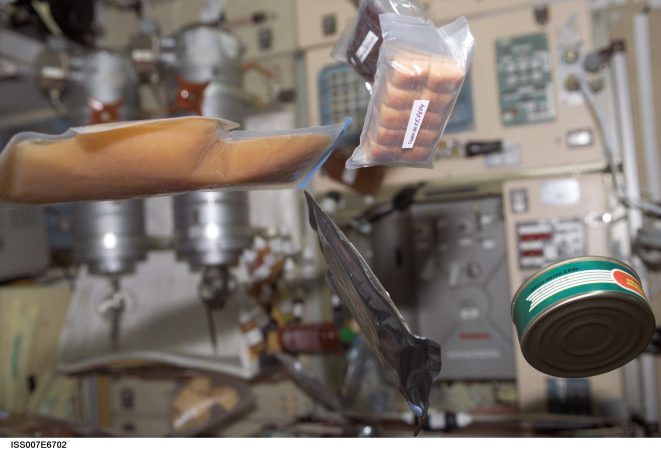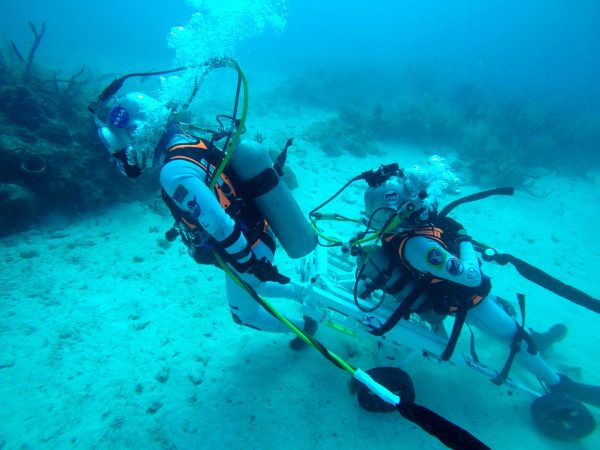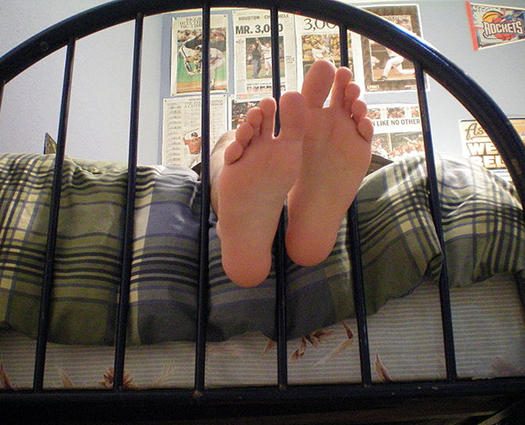


Imagine a road trip that lasts six months—no pit stops, black night the whole way. That’s how long it would take you, and how monotonous it would be, to fly to Mars. To avoid the boredom (and its cousins depression and anxiety), you could spend part of your trip in artificial hibernation, or torpor, as it’s medically known. NASA is funding research into this method for future planet hoppers, and not just to reduce the games of I Spy. Because metabolism slows during slumber, you would require less food and water, reducing a mission’s cargo weight, fuel needs, and price tag. Also, you wouldn’t want to kill your crew mates. Here’s how you might go nighty-night and save your sanity on your 34-million-mile flight.
You enter the torpor pod. Using an IV placed in a central vein in your chest, a crew mate injects a sedative similar to propofol to prevent shivering, then tapes sensors to your skin. These will monitor heart rhythm, blood pressure, oxygen levels, and other stats.

Once the sedative knocks you out, the pod begins cooling the air around your body. This lowers your core temperature a few degrees per hour, from a healthy 98.6°F to below the point of hypothermia. Crew members may also cool you with gel pads or icy nasal spray.

The crew pushes anticoagulants through the central line to prevent blood clots from forming—if they break free, they can block blood vessels. IV antibiotics help stave off infection. And robotic systems periodically stimulate your muscles to prevent atrophy.

In torpor, the average body needs only about 1,000 calories of daily nutrient slurry. You “eat” via a feeding tube down your throat or a PEG tube implanted on the inside of your stomach. Urine- and fecal-collection systems keep you, and the pod, clean.

After two to three weeks, it’s time to rise and shine. A crew member ramps down your pod’s cooling system, letting your body gradually warm. Once you’re back to normal internal temperatures, the crew will turn off your sedative and allow you to wake.


You stay up for two to three days, moving your body and caring for dozing crew mates (although robots might one day take over this task). Then you go back under for another few weeks. Repeat until you arrive safe and sane on the Red Planet.
This article was originally published in the September/October 2017 Mysteries of Time and Space issue of Popular Science.






























